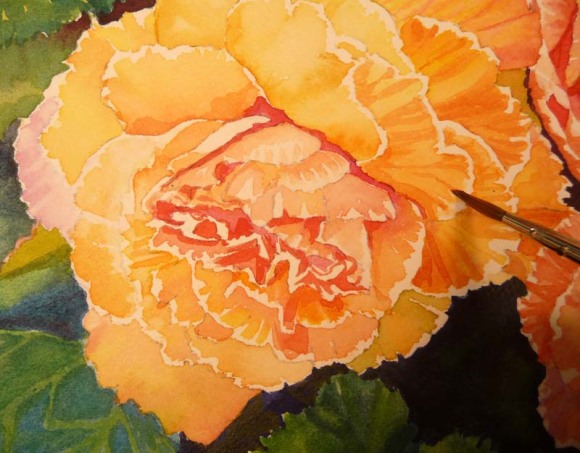I am happy to say that the excellent new book Urban Sketching: The Complete Guide to Techniques by Thomas Thorspecken, includes this “Urban Animals” page (above) featuring my sketches of cats. When the publisher contacted me to request the use of the images, I was delighted. I was even happier when they sent my complimentary copies of the book and I saw all the really useful information and wonderful sketches it contains.
Field Guide to San Francisco

Then I got an email from an art director from the San Francisco office of the national advertising agency, Ogilvy. They were moving and she was designing a “Field Guide” to the new SF neighborhood for their employees. When searching for sketches of the area she found mine, and as she looked through my blog she found sketches to illustrate most of the pages in the guide.
(This would be a good time to point out to fellow art bloggers how important it is to tag or attach categories to your images and your posts. WordPress makes it easy; the feature is a little hidden in Blogger but it really helps to find posts or images with specific content.)
In the end, they licensed 18 of my sketches for use in the printed field guide. Above are a few of the pages, brilliantly composed by the art director.
What I’m working on now
I am honored to be working on a commissioned large watercolor painting for a couple who live in Europe now, but were married in a lovely building in a Bay Area park. The wife wants to give her husband the painting for their anniversary. I visited the venue and took photos and we agreed on a composition. The painting is underway and so far is going well, but because it is large and has many details, it is keeping me very busy (and happy) in the studio.
(I’m leaving out any identifying details about the locations to make sure there’s no way her husband will find out. I know that seems unlikely, but when working on a previous commissioned painting of a house for a surprise anniversary present for the husband, their daughter found the work-in-progress painting I’d posted of her parents’ house when she Googled “Oakland Federal Building,” landed on my sketch of the building, scrolled down and the next post was her home. She was so surprised to see it she called her parents!)



































